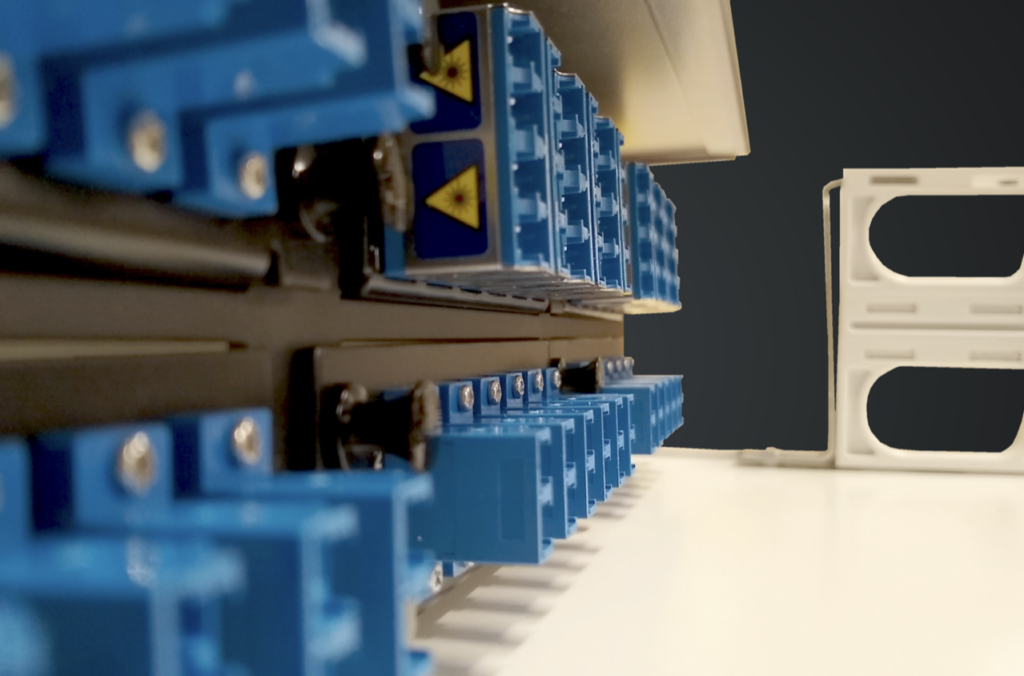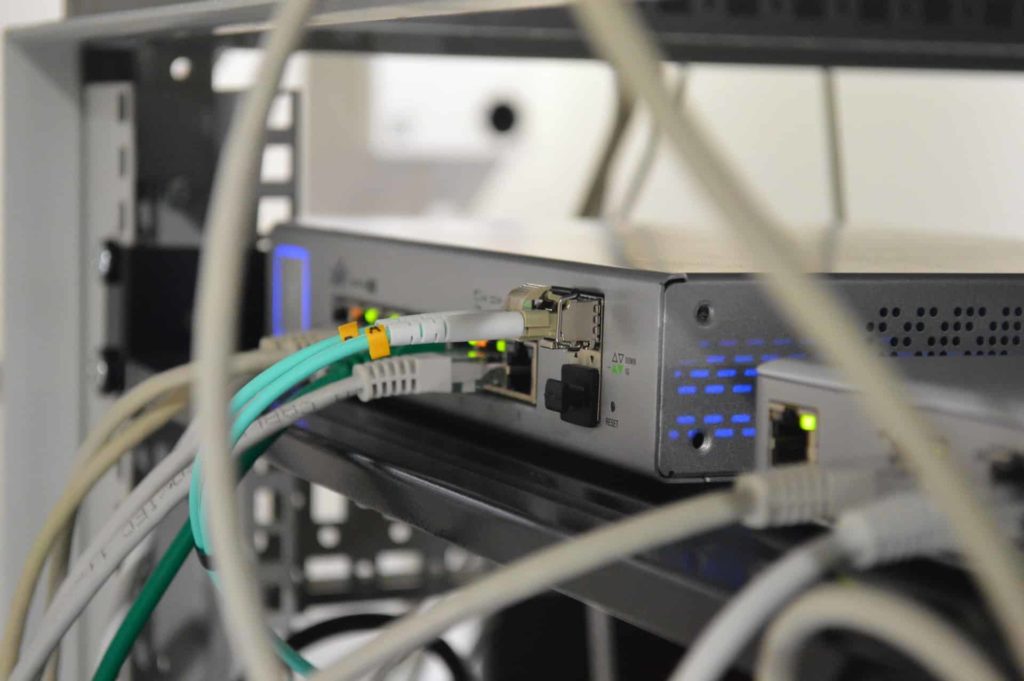Fiber optical technology is a popular choice for many applications due to its numerous advantages over traditional copper wiring. Optical Fiber cables are immune to electromagnetic interference, have higher bandwidth and data transfer rates, and can transmit data over longer distances with less signal loss. Fiber optic technology is also more secure, reliable, and durable than copper wiring, making it ideal for critical applications such as data centers, hospitals, and military installations.
Legrand offers a broad range of fiber platforms, from Infinium systems for the most demanding applications, to Q-Series systems that make the most of an IT budget. Each of these performance tiers is a complete end-to-end solution that was purposefully engineered to work together as a seamless solution that delivers unsurpassed network performance within data centers or building networks.
Three performance tiers define these diverse fiber platforms. Leading with Infinium Quantum, the world’s first Quantum-low-loss fiber solution, Infinium Ultra, a leading Ultra-low-loss fiber solution, and Infinium Core, the low-loss fiber solution. These platforms offer different levels of performance, density, and connector options to fit various applications and budgets. In this article, we will explore the differences in the three solutions.
Infinium Quantum™ Fiber System

The Infinium Quantum Fiber System offers the lowest total system loss on the market, opening the opportunity to challenge the limits of what was previously impossible. Here are some features and benefits:
- Ideal for high bandwidth environments: The Infinium Quantum fiber system is designed for AI, hyperscale, cloud, supercomputing, and other applications that require high bandwidth, low latency, and high reliability.
- Future-proofing: The Infinium Quantum fiber system reduces or eliminates the need to replace the link to meet the demands of 400G and beyond, and offers the flexibility to add or modify components in the link as needed.
- Proprietary manufacturing process: The Infinium Quantum fiber system is produced by a proven, proprietary manufacturing process that ensures consistent performance and quality.
Legrand Infinium Ultra™ Solutions

Legrand’s Infinium Ultra™ Solutions is a complete fiber offering that delivers the most advanced network systems for data centers, including Infinium™ Quantum, Ultra, and Core. The Infinium Ultra Solution is ideal for AI, hyperscale, cloud, supercomputing, and other high bandwidth demand environments, with a total single-mode channel loss of 0.49 dB. Legrand’s proprietary manufacturing process ensures consistent performance to maximize capability, resiliency, and usability.
When combined with Infinium Ultra Trunks and Infinium Ultra Patch Cords, the Infinium Ultra Solution provides an ultra-low system with a single-mode total channel connection loss of 1.2 dB and a single-mode total channel connection return loss of 49 dB. For multimode, the total channel connection loss is 1.0 dB and the total channel connection return loss is 19 dB.
Legrand Infinium Core™ Solutions
Legrand’s Infinium Core™ Solutions is a fiber optic solution that offers high performance, low loss, and versatility for data centers. It is part of Legrand’s complete fiber offering, which includes Infinium™ Quantum, Ultra, and Core.
The Infinium Core Solution has a total single-mode channel loss of 0.49 dB, making it ideal for high bandwidth demand environments such as AI, hyperscale, cloud, and supercomputing. Legrand’s proprietary manufacturing process ensures consistent performance to maximize capability, resiliency, and usability.
When combined with Infinium Core Trunks and Infinium Core Patch Cords, the Infinium Core Solution provides a low-loss system with a single-mode total channel connection loss of 2.1 dB and a single-mode total channel connection return loss of 49 dB. For multimode, the total channel connection loss is 2.5 dB and the total channel connection return loss is 19 dB.
Infinium Core Solutions offer versatile installation options for high-density or modular mounting of the fiber optic components, allowing for flexibility and scalability in data center design.
In summary, Legrand’s Infinium Core Solutions offer the following features and benefits:
- High Performance: The Infinium Core Solution has a total single-mode channel loss of 0.49 dB, making it ideal for high bandwidth demand environments such as AI, hyperscale, cloud, and supercomputing.
- Low Loss System: When combined with Infinium Core Trunks and Infinium Core Patch Cords, the Infinium Core Solution provides a low loss system with a single-mode total channel connection loss of 2.1 dB and single-mode total channel connection return loss of 49 dB. For multimode, the total channel connection loss is 2.5 dB and the total channel connection return loss is 19 dB.
- Proprietary Manufacturing Process: Legrand’s proprietary manufacturing process ensures consistent performance to maximize capability, resiliency, and usability.
- Versatile Installation: Infinium Core Solutions offer versatile installation options for high density or modular mounting of the fiber optic components, allowing for flexibility and scalability in data center design.
Legrand offers three types of fiber optic solutions for data centers: Infinium Core, Quantum, and Ultra. These solutions differ in their performance, design, and applications. Infinium Core has the lowest total channel loss and is ideal for high bandwidth demand environments. Infinium Quantum has the highest density and scalability and is suitable for future-proofing data centers. Infinium Ultra has the most versatile installation options and is compatible with various mounting systems. All three solutions are part of Legrand’s complete fiber offering that aims to deliver the most advanced network systems.
To learn more about Legrand Solutions, reach out to your local C&C Representative today.
Last Updated on January 10, 2024 by Josh Mahan




